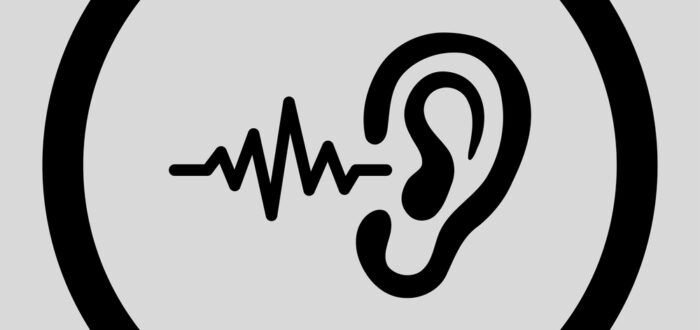Hearing loops, also known as induction loops, are assistive listening systems designed to help people with hearing loss better understand speech and other sounds in noisy environments. These systems use magnetic induction to transmit sound directly to a hearing aid or cochlear implant, eliminating the need for separate receivers or headphones.
As hearing loops become more widely installed in public spaces, more people with hearing loss are able to take advantage of this assistive listening technology. In this blog post, we will explore what hearing loops are, how they work, and how to use them.
What are Hearing Loops?
Hearing loops consist of a wire loop that is installed around a room or specific area, such as a ticket counter or church pew. The loop is connected to an audio source, such as a microphone or sound system, which broadcasts sound directly to the hearing loop.
The hearing loop then transmits the sound as a magnetic signal to a hearing aid or cochlear implant equipped with a telecoil or T-coil. The telecoil is a small coil of wire that is built into many hearing aids and cochlear implants and acts as a receiver for the magnetic signal.
How Do Hearing Loops Work?
When a hearing aid or cochlear implant with a telecoil is within range of a hearing loop, the telecoil picks up the magnetic signal and converts it back into sound. This allows the person to hear the sound more clearly and with less background noise, as the sound is transmitted directly to their hearing aid or cochlear implant. Hearing loops can be used in a variety of settings, including theaters, churches, airports, and other public spaces.
How to Use a Hearing Loop
To use a hearing loop, the person should ensure that their hearing aid or cochlear implant is equipped with a telecoil and has been activated by their hearing care professional. They can then locate the hearing loop sign or symbol, which is typically displayed near the audio source, and switch their hearing aid or cochlear implant to the telecoil setting. Once the hearing aid or cochlear implant is set to the telecoil setting, the person should be able to hear the sound more clearly and with less background noise.
Benefits of Hearing Loops
Hearing loops offer several benefits for people with hearing loss. They provide a more natural listening experience, as the sound is transmitted directly to the hearing aid or cochlear implant without the need for separate receivers or headphones.
They also eliminate the need for the person to sit in a specific location or ask for special equipment, as long as their hearing aid or cochlear implant has a telecoil. Additionally, hearing loops can be used in a variety of settings, making it easier for people with hearing loss to participate in activities and social events.
Hearing loops are an effective assistive listening system that can help people with hearing loss better understand speech and other sounds in noisy environments. If you have hearing loss, talk to your local hearing care professional about whether a hearing loop may be a suitable option for you.
Get Your Hearing Checked at Hearing Services of Delaware
If you would like to discuss your hearing concerns or to arrange a hearing assessment, don’t hesitate to get in touch. The team at Hearing Services of Delaware are here to help! Contact us today to schedule an appointment with one of our certified hearing care professionals.

